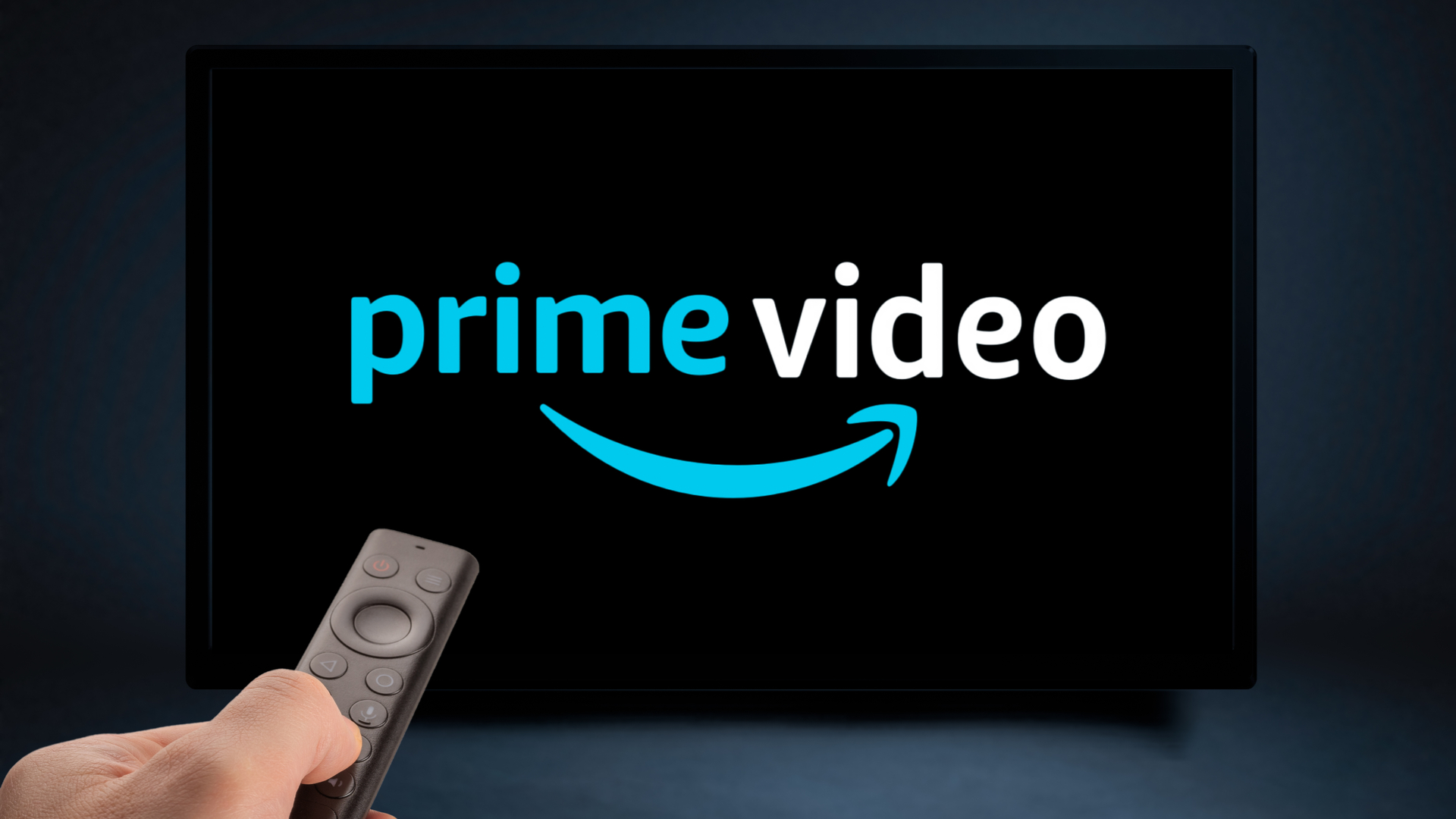Reminder: Amazon Prime Video is about to start inserting ads unless you pay more
The service you currently pay for is about to get more annoying

As we reported previously, Amazon is about start throwing adverts into Prime Video for anyone paying the current fees. The change will happen on January 29, 2024, but you can keep it ad-free by increasing how much you pay: it'll be an extra $2.99 a month in the US and £2.99 per month in the UK. Australia will follow "later in the year", but we don't have a price on that yet. Even the ad-free option won't be entirely clear of ads, though: live sports will still include them no matter what tier you're on.
The email that Amazon has sent to subscribers (and its previous blog post) tries to portray this as a good thing: the ads are coming to make your TV experience better! The introduction of ads "will allow us to continue investing in compelling content and keep increasing that investment over a long period of time. We aim to have meaningfully fewer ads than linear TV and other streaming TV providers."
But of course it's not about making your experience better any more than filling your Amazon search results with near-identical products from the Shenzen Dangerous Toy and Lawn Mower Company was about making Amazon more useful: like other streaming services, Amazon is finding that streaming is costing more and bringing in less than it hoped. So this is a one-two punch of revenue raising: Amazon will either get more money from putting ads in your shows, or by persuading you to pay to get rid of them.
It's not overall dissimilar to Netflix raising the price of its ad-free option and introducing a new cheaper ad-based tier – but this feels more invasive, because it makes receiving ads the default. We understand why, of course: most Amazon Prime Video subscribers get it as a benefit of their Prime subscription, and the company doesn't want to raise the price of that and risk people cancelling. So it's just going straight in with ads and suggesting you might like to pay.
What Amazon ads mean for you
For shows made for what streamers used to tell us were the bad old days of ad-supported TV, it won't be much of a change: those shows were made with ads in mind, so they should have breaks where the ads are supposed to go without interrupting the flow, though there's no guarantee of that. For shows made without ads in mind, the experience is likely to be the same as I'm getting on FAST (Free Ad-Supported TV) channels such as Amazon's Freevee, where ads interrupt key scenes at random with no respect for continuity.
What we're seeing here is part of a bigger picture that applies to music streaming too: what begins as disruptive, with tech firms promising to cut the cost and boost the convenience of accessing media, eventually starts to resemble the very things it was set up in opposition to – such as broadcast TV with its ads, or cable with its expensive subscriptions.
Amazon isn't the only one of the best streaming services facing tough competition and increasing costs now that the era of effectively free borrowing has come to an end, but it's unique in the way that it combines Prime Video with its wider Prime service: if you decide you hate the ads and want to cancel, that means canceling your other Prime benefits too such as faster free delivery, Amazon Photos and so on. That makes Prime Video stickier than the likes of Netflix, which you can just cancel without then having to wait longer for your pet food and gadgets to be delivered.
Get daily insight, inspiration and deals in your inbox
Sign up for breaking news, reviews, opinion, top tech deals, and more.
We'll all have to see how this plays out together later in January.
You might also like
Writer, broadcaster, musician and kitchen gadget obsessive Carrie Marshall has been writing about tech since 1998, contributing sage advice and odd opinions to all kinds of magazines and websites as well as writing more than a dozen books. Her memoir, Carrie Kills A Man, is on sale now and her next book, about pop music, is out in 2025. She is the singer in Glaswegian rock band Unquiet Mind.
